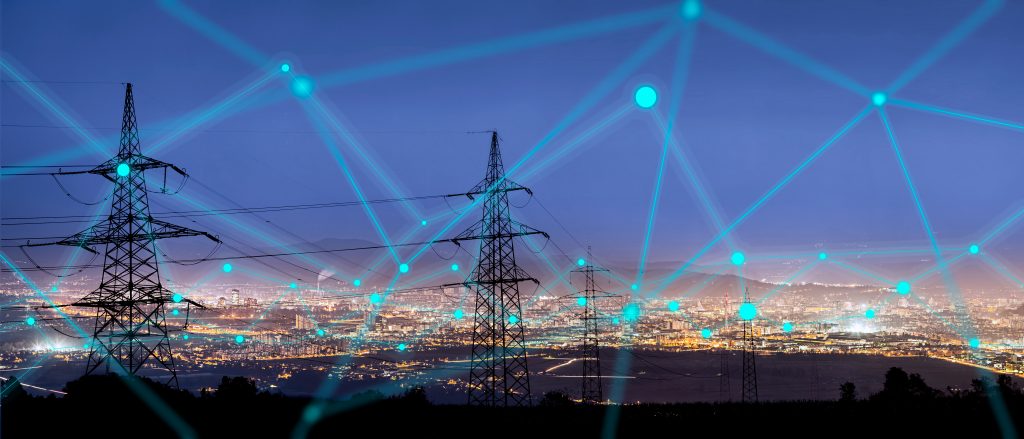To read your electricity metre, you need to know what type of metre you have. There are different types of metres, including digital, dial, and smart metres. Your utility company should provide you with instructions on how to read your metre, but generally, you’ll need to record the numbers or digits displayed on the metre.

A smart metre is an advanced metre that records your energy usage in real-time and sends the information to your utility company automatically. It allows you to monitor your energy usage and costs more accurately, and eliminates the need for manual metre readings. Smart metres also enable utilities to offer more innovative pricing plans, such as time-of-use tariffs, which charge different rates depending on the time of day or season.
Electricity storage is crucial to managing the balance between electricity supply and demand. Unlike other forms of energy, electricity cannot be stored easily once generated; it must be used immediately or converted into other forms of energy for storage. The most common method of electricity storage is in the form of potential energy in pumped-storage hydroelectric facilities. In these systems, electricity pumps water to a higher elevation. When electricity is needed, the stored water is released to flow downhill through turbines, generating electricity.
The most expensive electricity in Canada is found in the Northwest Territories, where several factors converge to elevate costs. This region, lacking in abundant hydroelectric or nuclear resources, primarily relies on diesel generators for electricity production. Diesel, a more expensive energy source, is necessary due to the lack of local, cheaper alternatives. Adding to the high cost is the challenge of transporting diesel fuel to remote and often isolated areas in the Northwest Territories, which significantly increases expenses. The sparse population and extreme climate conditions further escalate the costs associated with electricity infrastructure and maintenance. Consequently, these factors collectively contribute to making the Northwest Territories the region with some of the highest electricity rates in Canada. It’s essential to reference current data for the latest information on these rates, as they are subject to change due to various influencing factors.
A good price per kWh would be something that is affordable for the consumer without being too expensive for the company. Peace Power offers some of the best rates on electricity in Alberta. Our margin is +1¢ over the spot price per kWh. View our rates page for more information.
To choose an energy provider, start by assessing your energy needs and priorities, considering factors like consumption, renewable energy options, and pricing structures. Research available providers in your area, reading customer reviews and recommendations to gauge their reputation. Compare rates, contract terms, and any renewable energy options that align with your preferences. Assess customer service quality and look for additional services or benefits, such as energy efficiency audits. Understand billing and payment methods and carefully review contract terms and fees. Seek recommendations from others and contact providers directly to ask questions. Once you’ve gathered this information, make an informed choice that suits your needs and preferences while keeping an eye on potential switching procedures if you’re changing providers.
The United Kingdom is credited with being the first country to use electricity for public use, marking a significant milestone in the history of electricity. In the late 19th century, the UK pioneered the development of electric lighting and energy distribution, leading to the world’s first public electricity supply in Godalming, Surrey, in 1881. This early adoption of electricity sparked further innovations and the spread of electric power across the globe. The UK’s role in the early days of electrical engineering and infrastructure set the foundation for the widespread use of electricity in the modern world. Other countries quickly followed suit, adopting electricity for public and private use, revolutionizing how societies operated and lived. The evolution of electricity usage from these initial deployments has led to electricity’s integral role in our daily lives today.
Links